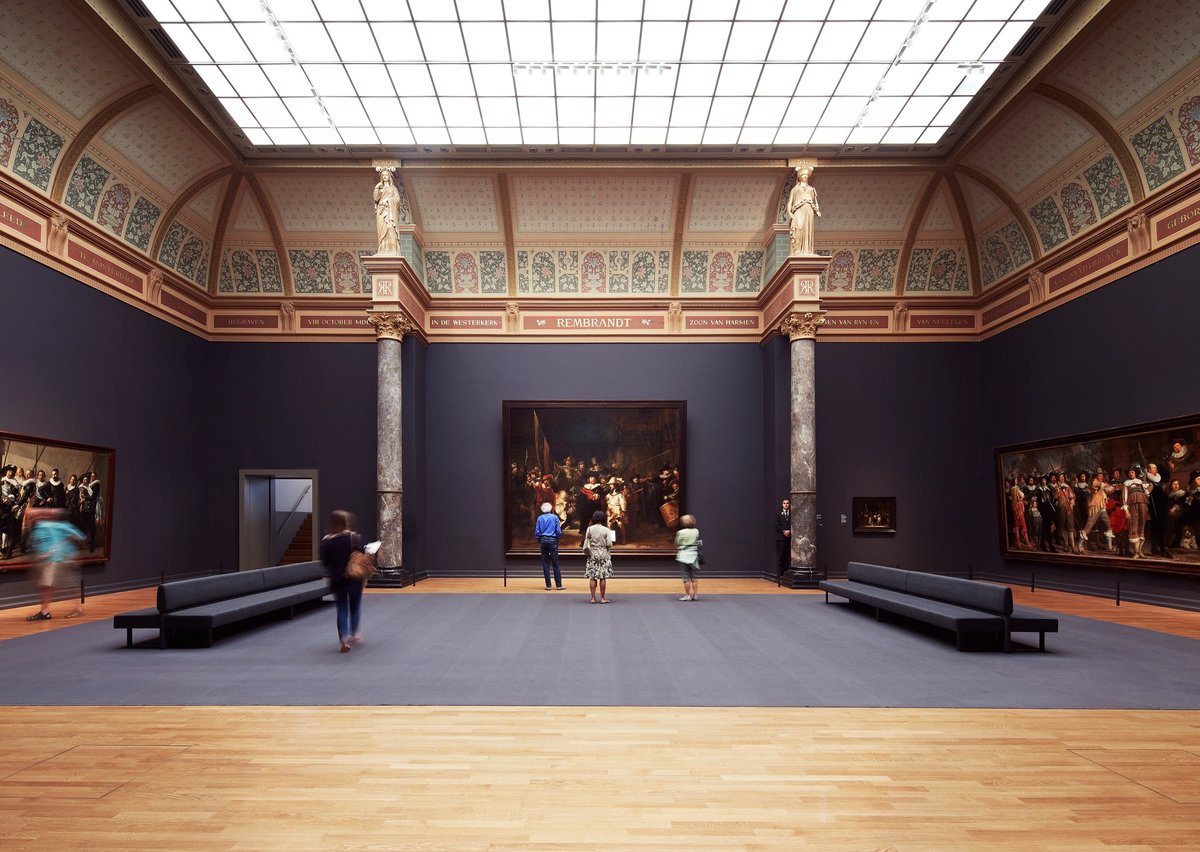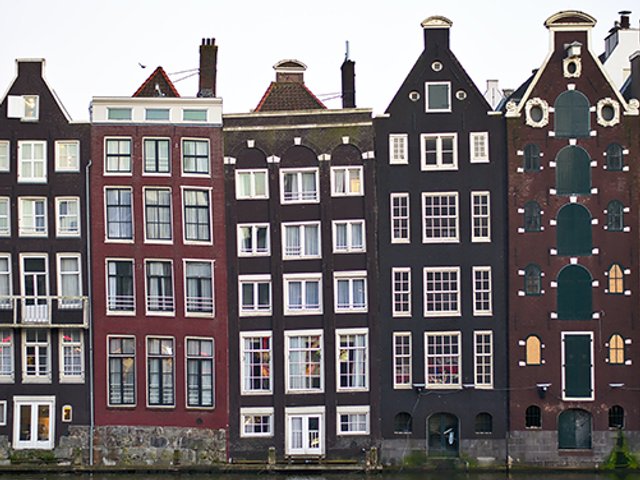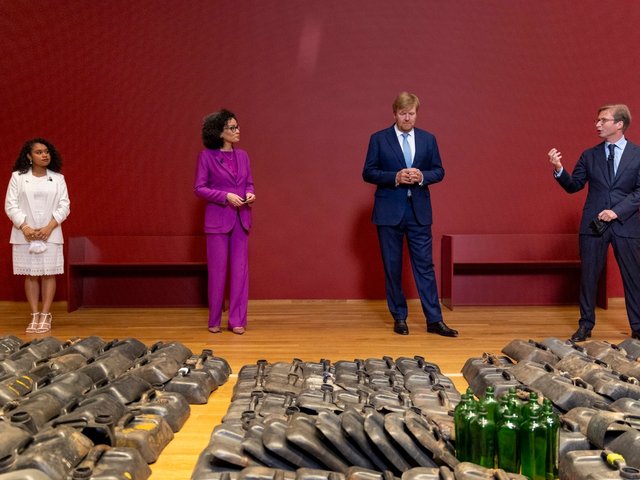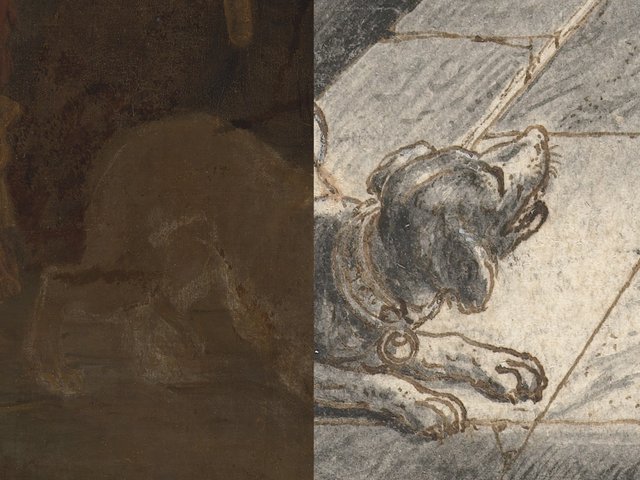Move over art historians: the Rijksmuseum in Amsterdam has launched an AI-powered site combining its art, objects and research.
In 2012, the Dutch national museum was the first major institution to put online its entire collection, spanning 800 years. It now aims to lead the way with artificial intelligence.
At a launch on Wednesday, Taco Dibbits, the general director of the Rijksmuseum, said the tool was especially good at making connections across its collection of 800,000 works of art, 500,000 books and cabinets full of documents.
“The Rijksmusum was the first museum to throw its collection open to the world,” he said. “We wanted to digitise the whole collection, including scanning the Night Watch in the greatest resolution ever, but there was so much more. The Rijksmuseum is a catalyst for scientific knowledge…but with 800,000 objects online, search was a challenge. We wanted to make them more accessible.”
Other museums have been employing AI in limited ways. Harvard Art Museums collected more than 53 million machine-generated descriptions and tags that can be used to search almost 380,000 images of works in order to “explore how a computer sees art”, while the Smithsonian Institute has been using AI tools for its own research and internal processes.
But the Rijksmuseum believes that its Kunstverkenner or “art explorer” project has huge potential not just to interest people in a real-life visit but to further cultural knowledge. The “art explorer” site asks questions (in Dutch) such as “what do you love?” or “what is your favourite memory" and allows visitors to collect and compare pieces, or hang them in a virtual gallery.
“We saw that a tool that makes comparisons—something art historians always thought was their domain—is very logical for people who want to compare one thing with another,” Dibbits said. “Because it is AI that learns, in the future it can answer even better.”
Alexander Klöpping, a Dutch internet entrepreneur who spoke at the presentation, says that the museum’s algorithms are based on sharing knowledge rather than the “strange economic stimuli” of popular video sites, so it has a very different learning potential.
However, Dibbits is not afraid of inspiring fake images or competing sites. “People stand in a ‘TikTok’ queue looking for authenticity,” he said. “People visit websites like the Rijksmuseum looking for real facts. This collection doesn’t belong to the state but to every Dutch resident and that is what makes it so extraordinary.”





